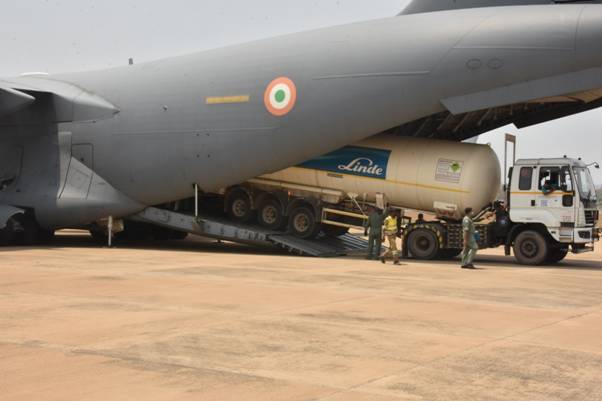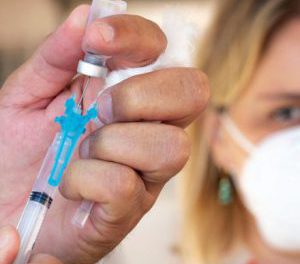The Preparedness and Resilience for Emerging Threats initiative emphasizes the importance of developing hazard-focused pandemic plans, and subsequently testing and updating these plans using a whole-of-society approach. Following the release of PRET Module 1 with a focus on planning for respiratory pathogen pandemics, WHO developed an adaptable influenza tabletop simulation exercise referred to as Exercise PanPRET-1.
The exercise tested their country’s existing plans and advocated for pandemic planning among key multi-sectoral stakeholders. As of December 2023, Cook Islands, Costa Rica, Lebanon, Mexico, Mongolia, Morocco and Nigeria had adapted and implemented Exercise PanPRET-1. Several common learnings were gleaned from these exercises:
- The COVID-19 pandemic The COVID-19 pandemic brought a new lens a new lens to pandemic preparedness and response. All countries recognized the need to incorporate the lessons learnt from this pandemic and other recent public health events into their pandemic plan.
- The need for multisectoral engagement in the ideation, development, implementation and exercising of pandemic plans was apparent. PRET Module 1 highlights the joint effort required and the critical multilevel multisectoral interdependencies between health and non-health sectors, such as education, manufacturing, labour and travel/trade agencies.
- To practically operationalize and contextualize joint co-ordination using the One Health approach for effective and efficient pandemic planning. Although not a new concept, countries are increasingly recognizing the interdependencies across the human, animal and environmental sectors.
- The importance of clearly articulating the pandemic stages and the triggers for activating, escalating, and de-escalating across these stages. The PRET Module 1 organizing framework, along with the outcomes of Exercise PanPRET-1, can assist countries to (1) define the triggers for activating, escalating and de-escalating a national response across the operational stages, and (2) define the roles and responsibilities of stakeholders during each operational stage.
- To put in place and describe structures and mechanisms to ensure continuity of essential services during pandemics – a key challenge experienced by many countries during the COVID-19 pandemic.
- To align pandemic planning with relevant related policies, plans and guidelines, for example clinical management guidelines, screening at hospitals and points of entry, outbreak investigation guidelines, crisis communication plans, and disease-specific preparedness and response elements. These may be added as annexes, referred to within the plan or incorporated into the pandemic preparedness plan.
Exercise PanPRET-1 has been successful in facilitating multisectoral pandemic planning across diverse national settings. In 2024 and beyond, WHO plans to further expand this body of work by developing a pathogen agnostic (including an unknown emerging pathogen X) simulation exercise package, developing supplementary injects to address a wide range of technical areas (for example, essential health service continuity, mental health etc.), and engaging international networks and non-governmental institutions in simulation exercises to advance whole-of-society pandemic planning.











